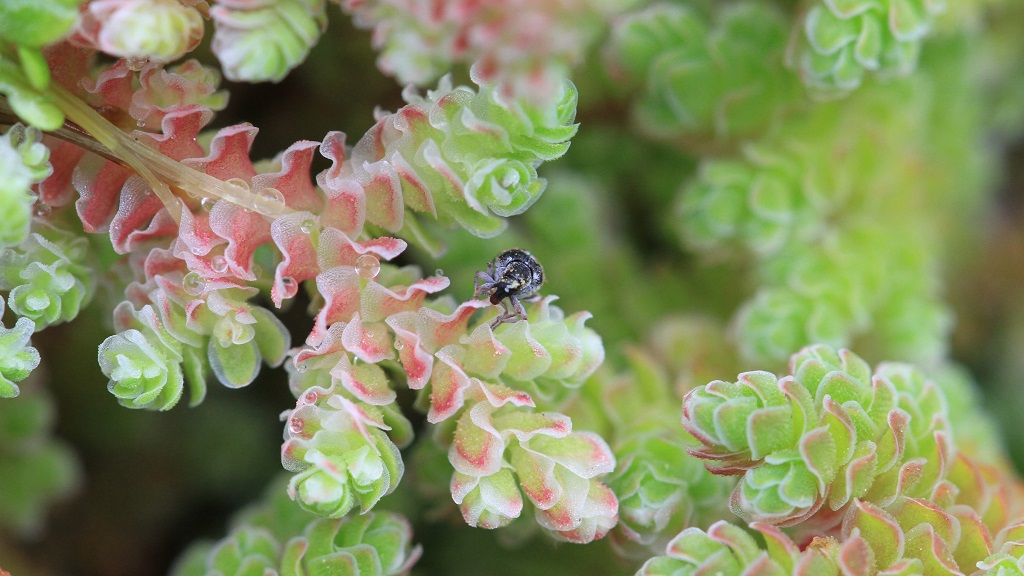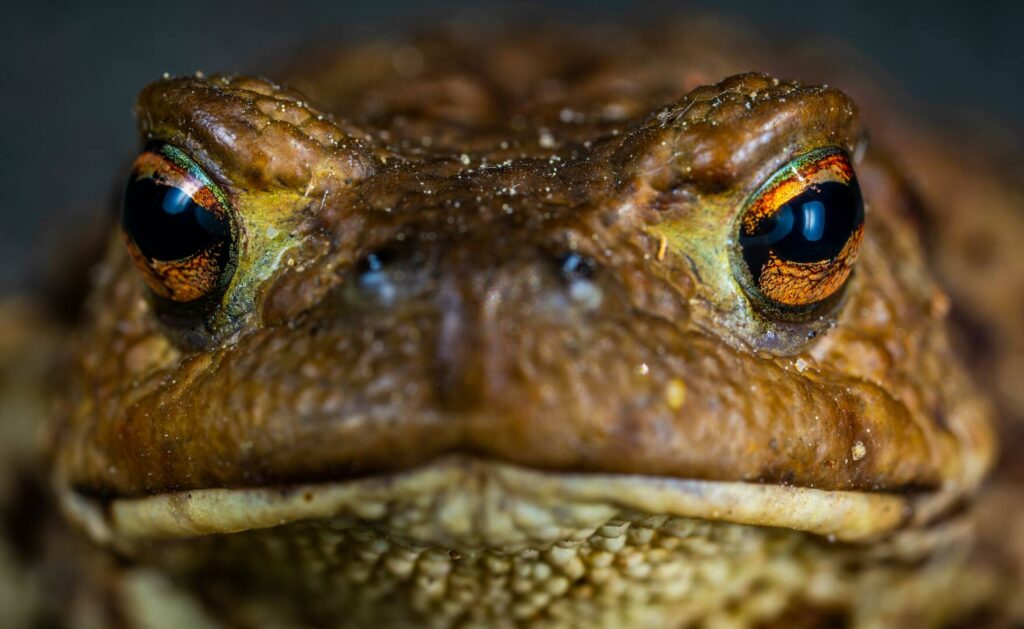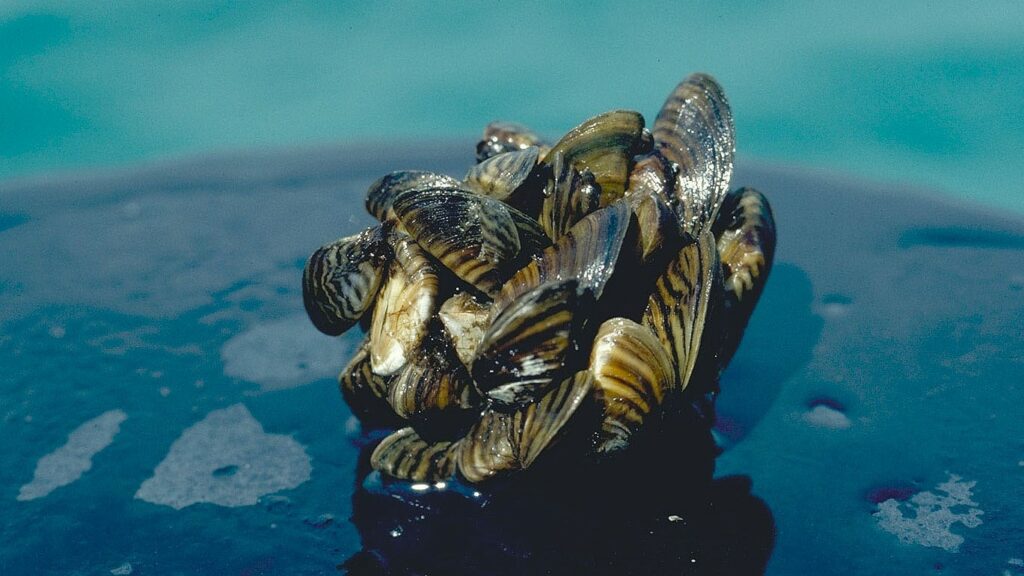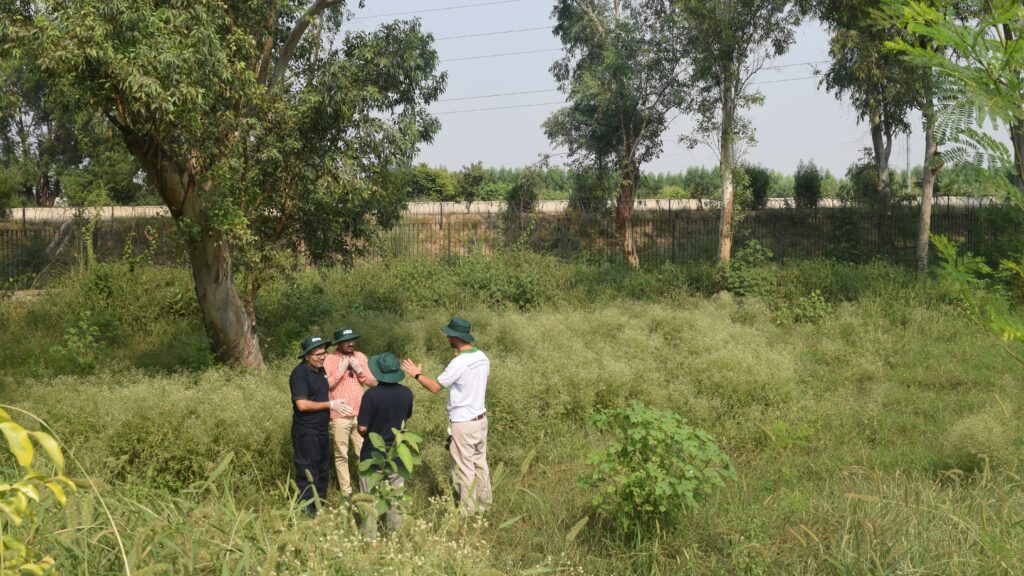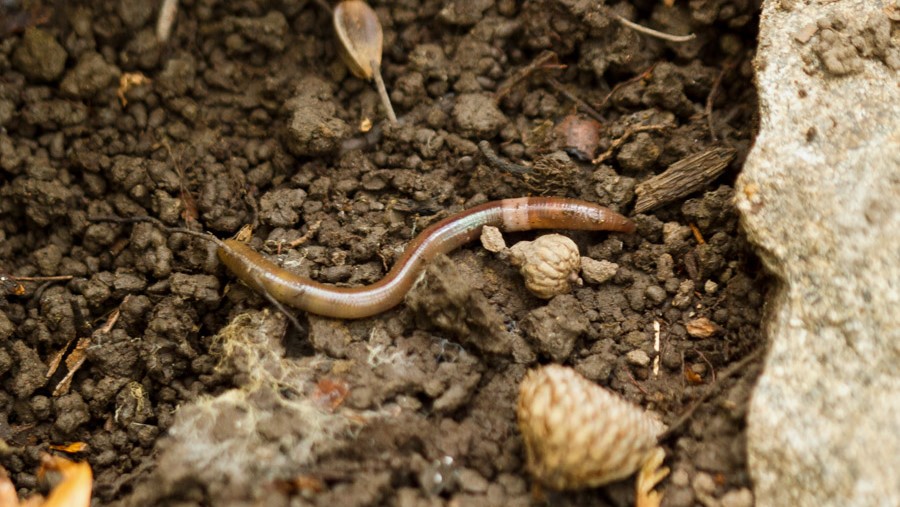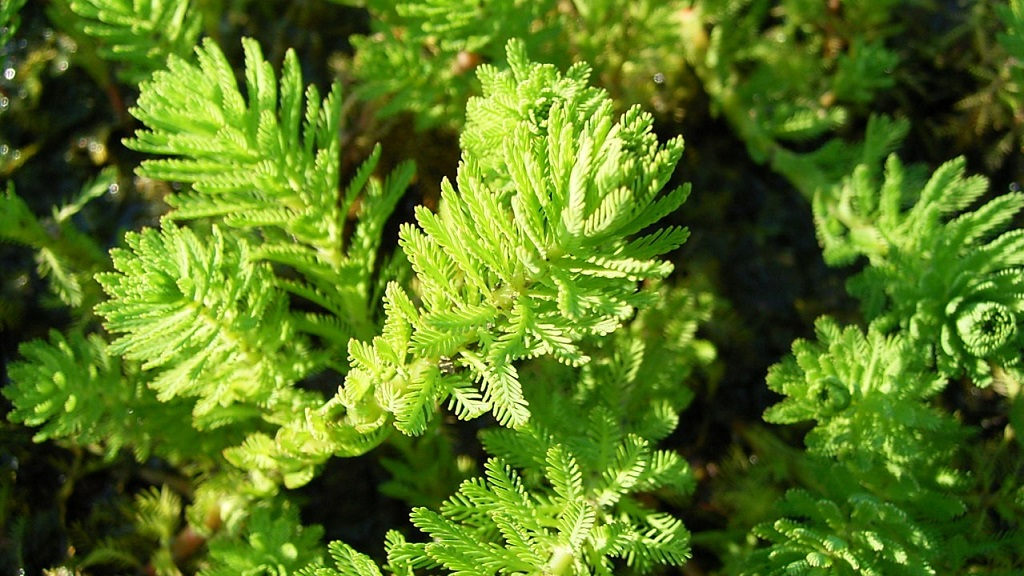Could better awareness increase the uptake of weed biocontrol in Europe?
To increase the uptake of weed biocontrol in Europe, we need more awareness about its benefits and successes New research suggests that greater awareness about the benefits and successes of weed biocontrol is needed in Europe to increase its uptake. Scientists have discovered a knowledge gap between global regions, showing that EU professionals are less…
Stakeholders deliberate integrated policy approach for invasive species management in India
Invasive species management in India Invasive alien species (IAS) are globally recognised to cause serious economic and environmental damage. IAS pose one of the most significant threats to conservation and biodiversity due to their impact on native species in ecosystems. Such as: biodiversity and habitat loss, ecosystem destruction, increased vulnerability to forest fires, change in…
Mass rearing tiny wasps to control the brown marmorated stink bug pest
The brown marmorated stink bug, Halyomorpha halys Stål (Hemiptera: Pentatomidae), is a real agricultural pest. It’s native to East Asia and has invaded the United States, Canada, Europe, and Chile. When it comes to agriculture, it causes significant damage to many economically important crops. This damage happens in both its native and invaded ranges. One…
5 invasive birds you may have spotted
Invasive birds pose a threat to native bird species, outcompeting them for resources like food and nesting sites. They can also be vectors of avian diseases and be serious crop pests. Here are five you may have seen for yourself.
Ruffling parrot’s feathers: the biological control of Myriophyllum aquaticum
Myriophyllum aquaticum, commonly known as parrot’s feather, is an invasive aquatic weed. It can have roots underwater in depths of up to 1.5 metres with shoots that appear 20-50cm above the water surface. This makes it both a submerged and emergent plant. It is native to South America but is a popular garden and aquarium…

